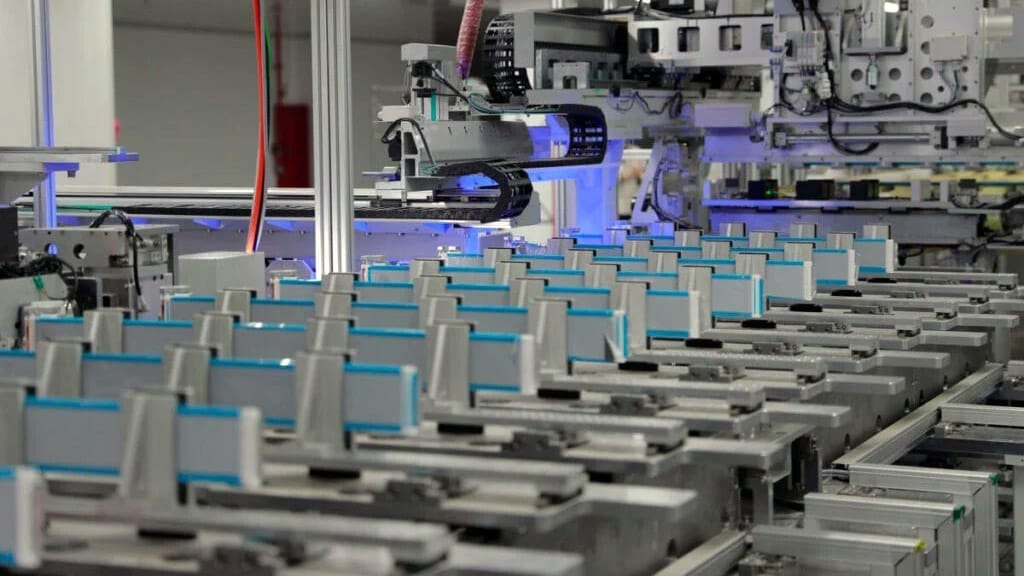Sodium-ion batteries are moving beyond research and are starting to make a name for themselves in electric vehicles (EVs) and energy storage markets, much like how LFP technology did previously. After being developed for ten years in labs, these sodium-ion cells are now ready for large-scale production, and they’re making their way into grid-level energy systems and EVs.
Major Manufacturers Jumping In
The leading battery manufacturers, such as CATL and BYD, are increasingly investing in the production of sodium-ion batteries and expanding their factories. These efforts are beginning to show results. However, even with ongoing improvements in Na-ion cell chemistry, such as a recent breakthrough with vanadium electrodes that increases their energy density to be closer to lithium-ion cells, sodium-ion batteries are still primarily better for energy storage and smaller electric vehicles.
New Developments in Electric Mobility
After the debut of the Sehol E10X, the first electric car featuring sodium-ion batteries in China, it’s now time for the first urban two-wheeled vehicle with these cells to enter the market. This new city scooter is produced by Yadea, a major player in urban mobility that manufactures millions of mopeds. The sodium-ion battery pack for this scooter is provided by Yuji Tech.
This scooter boasts a range of up to 70 km (approximately 45 miles) on a single charge, requiring just 15 minutes to reach 80% charge. The entry-level Yadea Q1 with the sodium-ion battery is priced at around $450 USD, while the higher-end Q50 model with traction control retails for $590.
Features and Performance
While Yadea’s electric bike isn’t the fastest on the market, capped at a speed of 25 km/h as per urban regulations in China, it stands out as a pioneer for incorporating this affordable battery technology into a moped for the first time. For comparison, similar scooters like NIU’s models are priced at $599 on Amazon.
The 24Ah sodium-ion battery utilized by Yadea comes equipped with advanced hard carbon electrodes, allowing for over 1,500 charging cycles, which translates to about five years of use if charged nearly every day. One of the significant benefits of these sodium cells is their ability to maintain over 92% capacity even in temperatures as low as -20°C (-4°F), showing resilience in cold conditions.
However, it’s worth noting that the initial e-bike with sodium-ion batteries can only support a maximum load of 75 kg (165 pounds). Nonetheless, urban scooters like the Yadea Q1 are mainly used by a younger demographic in Asia, where this weight limit is unlikely to pose a significant issue.
Source:
Link



